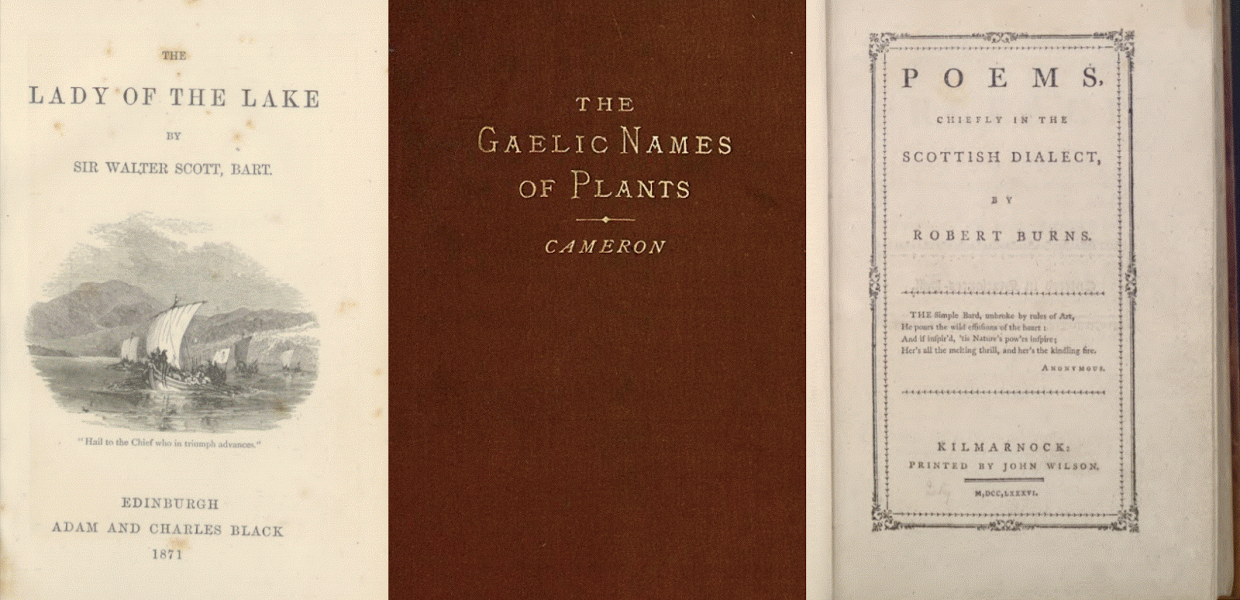The Rise of Literacy project, running from September 2017 to February 2019, aims to select, digitise and ingest new content such as manuscripts, literature and newspapers to Europeana as well as curate browse entry points and exhibitions showcasing cultural treasures relating to the theme. The National Library of Scotland became involved in the project to share their digitised material on the Europeana platform to increase visibility and further to enable access for a general readership through dedicated editorial contributions.
Anette says, 'The chance to work with colleagues across Europe on interpreting material in all our collections that have contributed to the rise of literacy, to co-author blogs across two or three nations, and to put together a pan-European picture, is too good to pass up!´
We spoke to her about her involvement in the project, the social importance of libraries and literacy, and how both have evolved with the digital.
What is the inherent value of libraries for communities?
Libraries are a place which people can visit without paying entrance fees, where they can borrow books, music and other material for free, where they can sit in a warm, dry place and access the internet, fill in forms online or read newspapers and magazines. And where people of all ages from all walks of life can get help for nothing from qualified people: help with their academic or family history research, advice about how to search online, or suggestions where best to look for particular information.
How have libraries changed with the shift towards digital information sharing?
The increased availability appears to have made physical visits to libraries less important. The National Library of Scotland has seen a decline in users of the General Reading Room, where material printed after 1900 is consulted.
Conversely, though, the digitisation of rare books and manuscripts has resulted in an increased awareness of the special collections we hold and has actually attracted new readers who wish to consult the original material. The study of the book as an object rather, than as a carrier of information, is more popular than ever, and digital access is not sufficient to satisfy the needs of students of book history who are interested, for instance, in all extant copies of a particular work, or in recreating a dispersed library collection. Once such a library has been reconstructed, of course, it can be digitally re-assembled even though the physical items remain dispersed across the world.
What initiatives or projects is the National Library of Scotland undertaking to evolve with the digital?
In our strategy document for 2015-2020, “The Way Forward”, we state that by 2025, the centenary of the National Library of Scotland, we will have one-third of our collections in digital format. Apart from this mass digitisation programme, we also carry out boutique digitisation, as for instance the scanning of a collection of 2,200 broadsides for the Europeana Rise of Literacy Project.



